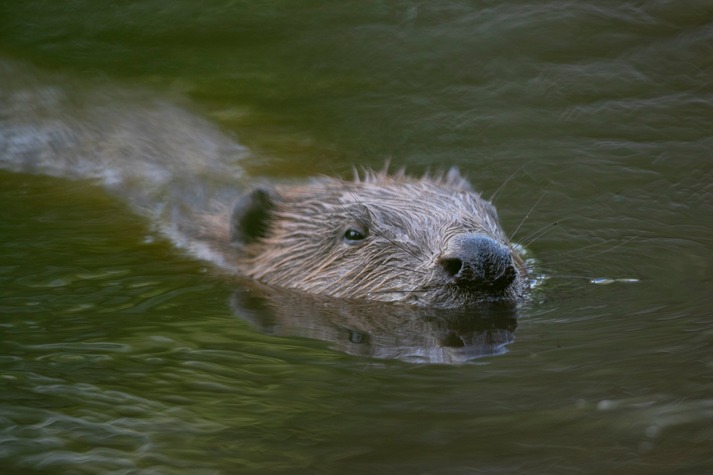A resilient Lothian Esks - for people, beavers and Atlantic salmon

Investment project code: 11
The Lothian Esks which start their headwaters in the Pentland and Moorfoot Hills flowing through Midlothian and after flowing through a number of towns and villages joins together before discharging into the Firth of Forth at Musselburgh. On the way it tumbles through ravines and communities providing life for wildlife and people who live and work in the area. A river loved by people but needs a holistic catchment scale initiative to ensure it is resilient in the future and supports both wildlife and communities.
There are areas within the Lothian Esk catchment which are at risk of flooding which could damage houses, businesses and infrastructure. The catchment is also impacted by the presence of weirs and manmade dams which impact on the natural movement of species particularly fish - salmon , trout, eels and lamprey and also damaging impounded waters and loss of sediment transfer. This is further exacerbated by the presence of sewage, and mine water pollution and invasive non native species.
Working across all communities the river needs a plan and action which can be taken to boost and support the work to prevent flooding as well as protection of drinking water assets and sewage treatment plants. Improvements are required to both longitudinal and lateral connectivity which will lead to the recovery of nature supporting both local and visitors alike. The river and its people can, by working across the whole river catchment and on sustainable nature like solutions, potentially reduce to the costs of flood mitigation measures, reduce sewage spills, provide sustainable solutions to net zero energy production and bring iconic species back to the river supporting tourism.
Measures could include the re-introduction of the beaver to aid river engineering, reconnection of floodplain, planting or riverwoods along the catchment, removal of impediments to fish passage up and down stream as well as ensure the sediment transfer function to provide nutrients and energy to the river system. This would include bring the communities together to prepare a plan as well as looking innovative types of funding for delivery. We believe this would also support the measures being put forward for the delivery of flood mitigation measures within the catchment.
Location: Marker indicates the location of the confluence of the rivers North and South Esk becoming the Lothian Esks.
Proposed on behalf of: Forth Rivers Trust
Documents (1)
-
Download file
A resilient Lothian Esks - for people, beavers and salmon - 2022-10-30.pdf
PDF | 190 KB


i'm really interested in this and especially where you would get beavers from?
I completely fail to see how the introduction or encouragement of Beavers can or will improve migration routes for migratory fish including atlantic salmon and sea trout. I would be very interested to see what scientific empirical evidence you have in support f this proposal that demonstrates that the introduction of Beavers does not increase the threats posed to the already fragile populations of atlantic salmon and sea trout. Beavers by nature will block migratory burns, ditches and other waterways, burrow into and undermine river banks causing collapse and increased sedimentary deposits on valuable spawning beds, remove bankside trees currently providing valuable shade to juvenile fish in these days of increasing air and water temperatures. The 'illegal' release of Beavers in Perthshire has led to untold damage to rivers, riverbanks, agricultural land, public infrastructure and more. This damage has led to the irresponsible decision to translocate beavers to other parts of country